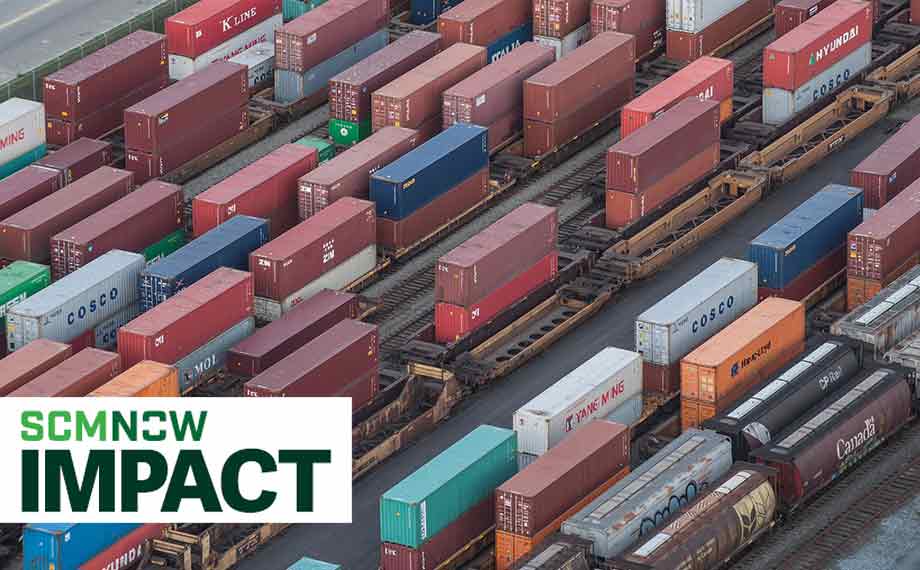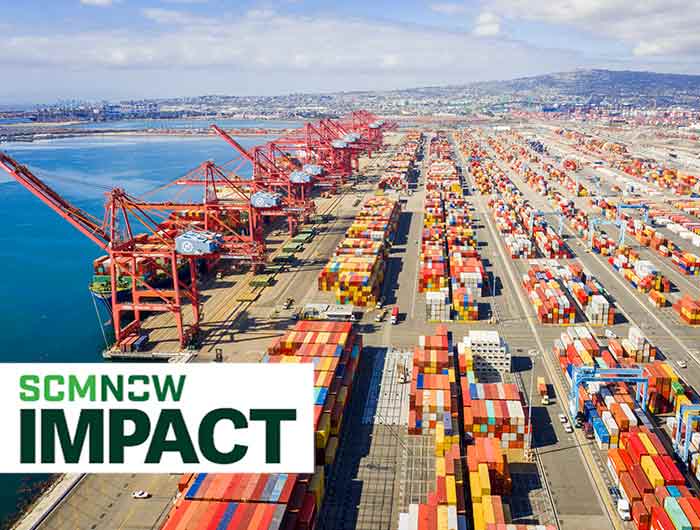Earlier this week, the news was grim for North American economies, as a labor dispute between Canada's two major railroads escalated to a full lockout. With nearly 10,000 unionized workers off the job, serious supply chain concerns were raised. At the time of writing, the Canadian Pacific Kansas City (CPKC) situation is still unresolved, but Canadian National Railway (CN) employees have begun returning to work.
The two railways function as crucial arteries, connecting North American trade corridors and ports. Billions of dollars worth of goods and commodities routinely traverse these rails, facilitating trade between Canada, Mexico and the United States.
“About 6,500 containers enter the United States by rail from Canada every day,” according to The New York Times. “That includes cargo from Asia and Europe that lands in Canadian ports.” In fact, CN's network stretches south all the way to New Orleans, and CPKC's network links to the U.S. ports of Corpus Christi and Gulfport, plus Tampico and Lázaro Cárdenas in Mexico, notes Reuters.
Shutdowns like these have a domino effect on several key sectors:
- Agriculture: The movement of everything from wheat and corn to fertilizer and meat can be severely hampered. Grain elevators will overflow, jeopardizing harvests as farmers struggle to store their crops. This can disrupt global food supplies.
- Manufacturing: Many companies rely on rail to transport raw materials and finished products. A prolonged shutdown can hinder production or force closures, influencing everything from automobiles to consumer goods.
- Energy: The movement of oil and other energy resources can be disrupted, potentially affecting prices and energy security.
While the trucking industry can help take up some of the slack, it would not be able to fully replace rail capacity. Trucks can’t handle bulk commodities and are significantly more expensive to operate, which often leads to higher transportation costs and product shortages.
Of course, the longer any lockout goes on, the worse the economic consequences will be: “Businesses and families across the country feel the impact," Jay Timmons, president and CEO of the National Association of Manufacturers, said in a statement earlier this week. "Manufacturing workers, their communities and consumers of all sorts of products will be left reeling from supply chain disruptions.”
Get ready for resilience
The threat of a Canadian rail strike once again underscores the fragility of our global supply chains. It's more critical than ever for supply chain professionals to build resilience, which is why ASCM created the Supply Chain Resilience Certificate. The program provides comprehensive training on risk management, contingency planning and other key strategies to help your organization handle ongoing complexity and disruption.
To learn more, don’t miss the educational session Fundamentals of Operational and Strategic Resilience Featuring the ASCM Resilience Certificate at ASCM CONNECT: North America next month in Austin. It’s part of the Stability, Resilience and Agility track, which includes educational sessions that explore proactive decision-making, optimizing workflow, forecasting with confidence and lots more. Join us at ASCM CONNECT and start your critical journey toward essential supply chain resilience.



